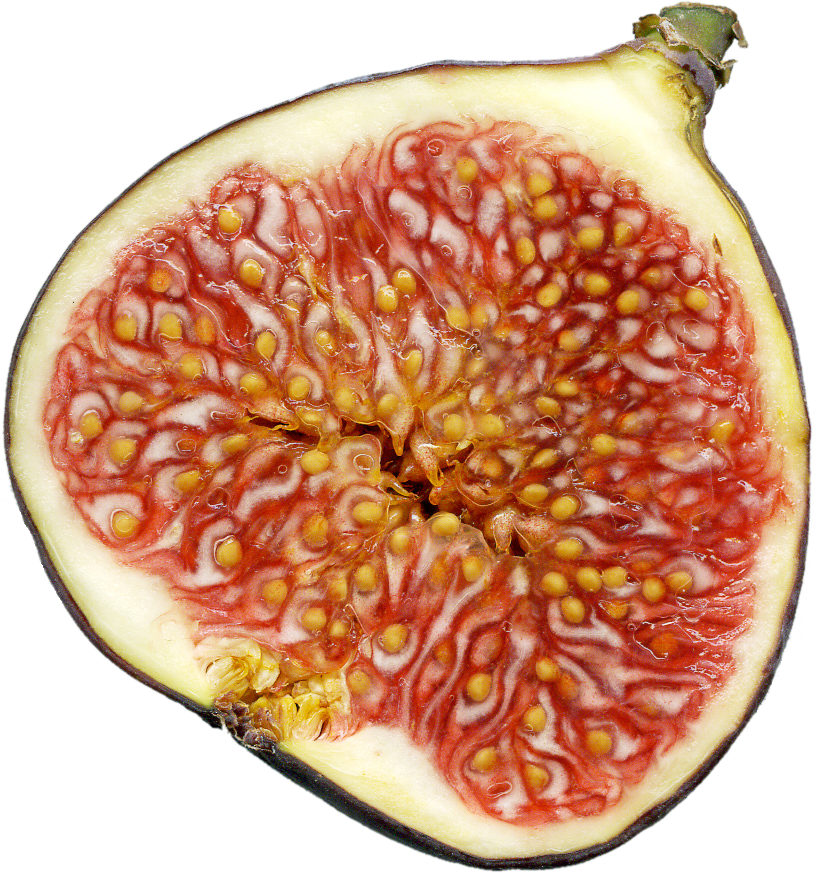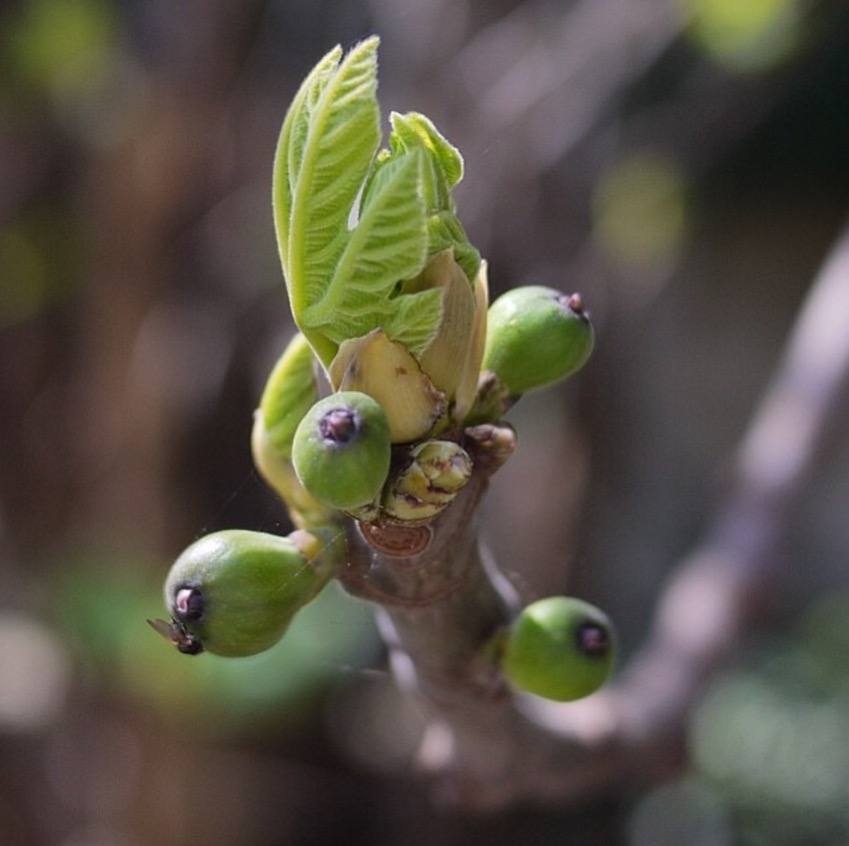When it comes to snacking, lots of us turn to fruit as a delicious and healthy option.
After all, there are few things as refreshing as a slice of watermelon on a hot summer day, or a crisp apple in the fall, and we already know that all fruits are packed with nutritional benefits and vitamins for a healthier life.
But there’s at least one popular fruit that contains a surprising (and slightly off-putting) secret.
Figs are a favorite treat in their dried form, especially when stuffed into tasty cookies! Recently, people have also been eating more figs in jams and spreads, and have also started enjoying the delicious fruit!
The fig, which is rich and juicy served fresh, pairs well with wine and cheese, and looks beautiful as a garnish, thanks to its vivid purple and green coloring.
But every fig also contains one less-than-appetizing ingredient: at least one dead wasp.
Read on below to learn why this delectable and photogenic fruit actually needs a wasp inside it to grow.

Flavorful and packed with nutrients, it's no wonder that figs have been incredibly popular for years!
Historically, folks in the U.S. and Europe have had to enjoy them dried because of the challenge with transporting them in their fresh form.
Now that food packaging is more advanced, we've enjoyed a fig renaissance, using the beautiful fresh variety in everything from salads to cheese plates.
They also taste fantastic, simply washed and served plain!

Considering how tasty and succulent these fruits are, you might be surprised to know that each and every fig also contains a dead wasp somewhere inside it.
But don't worry, you don't have to worry about being stung or finding half a bug in your snack; in most cases, the wasp is totally undetectable.
You won't spot any damage to the fruit's skin either; these wasps aren't like worms that might dig their way into an apple or a peach.

As a matter of fact, figs only exist because certain varieties of wasp regularly sacrifice their lives to keep the fruit in production.
These wasps — also known as fig wasps — are involved in a long-standing mutual relationship with the fig tree that helps both the fruit and the insect stay alive.
The fig gives the wasp a safe place to reproduce, while the wasp returns the favor by helping to pollinate the fig.

Of course, almost all fruits and flowers need a little help from bugs to grow and thrive, but most don't end up with the insects trapped inside.
That's because figs function a little bit differently from most fruits, which usually develop a flower and then turn that flower into a fruit.
Figs are unusual because they are the flower; they're just inside out.

Take a look at the teardrop-shaped fig fruit above; you can sort of see how it might a resemble the bud of a flower before it opens.
In the fig's case, it just never develops petals, and stays closed, with all of the seeds (which form the deliciously crunchy texture of the fruit) trapped inside.
This situation helps protect the seeds, but means it's almost impossible for the seeds to get fertilized. This is because the wind can't blow pollen in, and most pollinators — like bugs and birds — can't access the hidden seeds.

The exception is, of course, the fig wasp. This insect does the challenging work of bringing male and female fig trees together to make sure that they continue reproducing.
Here's how it works: the female wasp lays her eggs in a male fig, and dies once they're laid.
The male larvae hatch and start tunneling out, but get distracted when the female larvae hatch, and abandon their project in favor of mating with the females, and passing away shortly after.
The females then continue their way out, and find male figs, where they lay their eggs, and start the whole cycle all over again.

It might sound a bit dismal, but this system lets both the figs and the wasps continue reproducing and creating new generations.
And, while it sounds a bit gross, it's no reason to skip figs; usually the bugs are too tiny to be noticed, and are usually "digested" by the plant. This means the insects become completely indistinguishable from the fruit itself.
If the thought still makes you squeamish, just take a moment to wonder at how incredibly awesome nature is!
These two species have spent thousands and thousands of years perfecting their system, and that's pretty darn cool, if you ask us!
What do you think? Will you keep figs on the menu after reading this?
Let us know in the comments, and don't forget to SHARE this fascinating tidbit with foodie friends!




